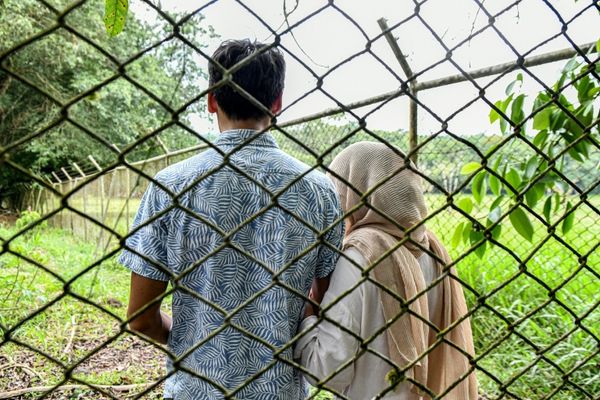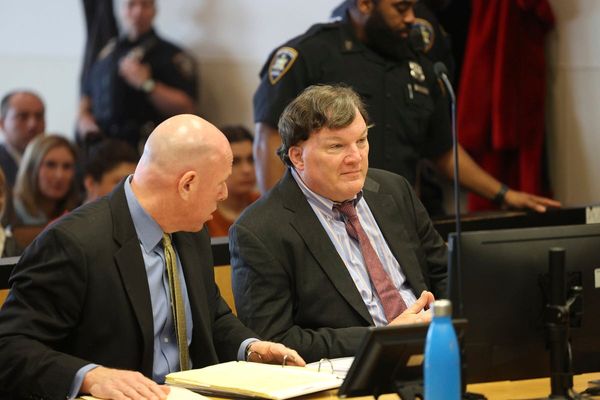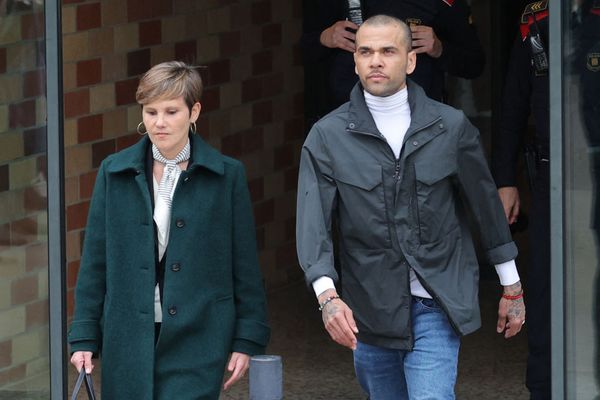
Almost half of year-six students being unable to swim 50m rings alarm bells for water safety experts.
The lack of skills leaves Australia at risk of becoming a "nation of waders" unable to swim their way out of trouble, Royal Life Saving Society Australia CEO Justin Scarr believes.
Primary-aged students struggle to meet benchmarks and swimming abilities were not improving by much in high school, according to a survey of more than 300 education staff.

Teachers estimate 48 per cent of students in year 6 were unable to meet a national benchmark of swimming 50m and treading water for two minutes.
They also estimate 39 per cent of year 10 students were unable to meet the year 6 benchmark.
The COVID-19 pandemic had amplified the problem while the cost of private swimming lessons wasn't helping, Dr Scarr said.
"We have been studying children's swimming ability for at least two decades. This report confirms it is much worse than we've previously estimated," he said.
If children do not learn in primary school then they don't improve in high school and it indicates a systemic failure, according to Dr Scarr.
Drowning rates this summer were five per cent higher than last, with 104 people losing their lives.

The survey was conducted in late 2024 and also canvassed more than 1200 parents, finding 31 per cent of schools did not offer learn-to-swim programs.
Cost, staff shortages and time limitations were cited as major barriers.
The lifesaving society calls for more government funding of existing programs, increased grants for more vulnerable demographics and better pool infrastructure.
"Non- and poor-swimming children become adults highly vulnerable to drowning," Dr Scarr said, adding drowning rates increase tenfold between 10 and 20 years of age.
The lifesaving skills of high school students were "dangerously weak", with teachers estimating 84 per cent of children aged 15-16 could not swim 400m and tread water for five minutes.
The markers are considered a basic lifesaving requirement and the benchmark for 17-year-olds.







